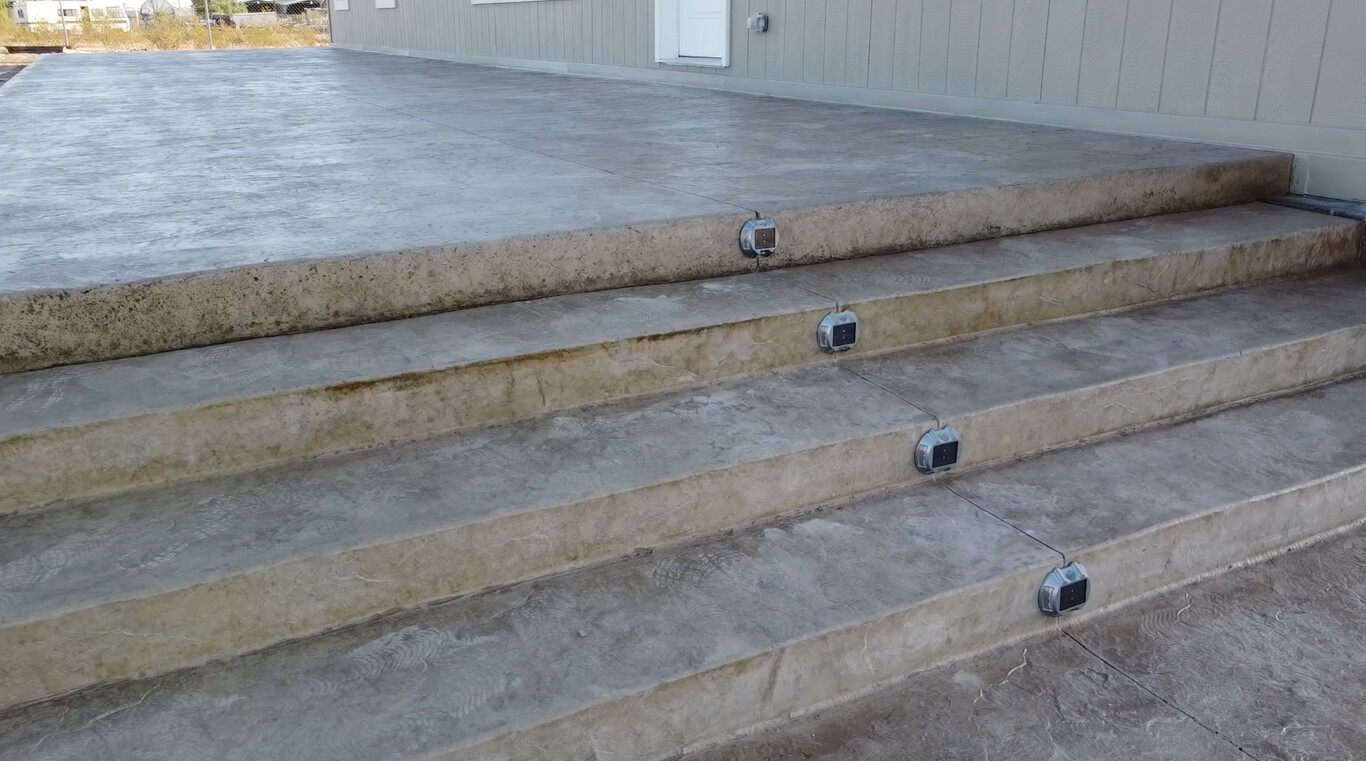Retaining Walls & Concrete Masonry
Build strong, functional retaining walls that control erosion, level your yard, and add structure to your property.

Why Retaining Walls Matter
A retaining wall does more than just look good. It holds back soil, prevents erosion, and creates usable flat areas on sloped properties. Here in Maricopa, where yards often have natural slopes and drainage concerns, a well-built retaining wall can solve problems and add functional space to your property.
We build retaining walls for all kinds of situations. Maybe your yard slopes toward your house and you need to redirect water. Maybe you want to create terraced planting areas or a level patio on a hillside. Maybe erosion is washing away your soil and you need to stabilize the ground. Whatever the reason, a properly designed retaining wall fixes the problem and lasts for decades.
Not all retaining walls are created equal. A poorly built wall can fail, crack, or lean over time. That is why we focus on proper design, drainage, and construction methods. When you work with CityView Maricopa Concrete, you get a retaining wall built to handle the load and stand up to Arizona weather.
Types of Retaining Walls We Build
We install several types of retaining walls depending on your needs, budget, and the height and slope of the area. Here are the most common options:
- Concrete block walls: Made from interlocking concrete blocks. Strong, durable, and cost-effective. Works well for walls up to 4 to 6 feet tall. Available in different colors and textures.
- Poured concrete walls: Custom-built walls poured on site. Best for taller walls or areas with heavy loads. Provides maximum strength and flexibility in design.
- Concrete masonry walls: Built from concrete blocks or bricks. Can be reinforced with rebar and filled with concrete for extra strength. Common for commercial and residential projects.
- Segmental retaining walls: Dry-stacked blocks that rely on weight and interlocking design to hold back soil. Easier to install and allows for curves and angles.
The right wall for your project depends on the height, soil conditions, drainage, and how you plan to use the space. We will evaluate your site and recommend the best option based on your needs and budget.
How We Build Retaining Walls
Building a retaining wall is more than just stacking blocks. Here is what goes into a proper installation:
Site Evaluation and Design
We start by evaluating your site. How tall does the wall need to be? What is the soil like? Where does the water drain? Is there a load above the wall, like a driveway or structure? All of these factors affect the design. For walls over 4 feet tall or in areas with challenging conditions, we may need to work with an engineer to design the wall properly.
Excavation and Base Preparation
We excavate to the proper depth and install a compacted gravel base. This base provides a stable foundation for the wall and allows water to drain away. Skipping or rushing this step is the number one reason retaining walls fail. We do not cut corners on base prep.
Wall Construction
We build the wall one course at a time, making sure each row is level and properly aligned. For block walls, we use adhesive and pins to lock the blocks together. For poured walls, we set forms, install rebar, and pour the concrete. We also build in a slight backward lean, called batter, to help the wall resist the pressure from the soil behind it.
Drainage System
This is the most important part. We install drainage pipes and gravel behind the wall to channel water away. Without proper drainage, water builds up behind the wall, adds pressure, and eventually causes the wall to fail. We make sure water has a path to escape so your wall stays stable.
Backfill and Compaction
Once the wall is built and the drainage system is in place, we backfill behind the wall with gravel and soil. We compact the backfill in layers to prevent settling and add stability. Then we cap the wall, finish the top surface, and clean up the site.
Common Uses for Retaining Walls
We build retaining walls for all kinds of projects around Maricopa. Here are some of the most common uses:
- Yard leveling: Create flat, usable space on a sloped property for patios, play areas, or gardens
- Erosion control: Hold back soil and prevent erosion from rain, wind, or irrigation
- Drainage management: Redirect water flow and prevent flooding or pooling
- Terraced landscaping: Build multiple levels for planting beds, walkways, or seating areas
- Driveway support: Support the edges of driveways on sloped lots
- Pool and spa areas: Create level areas for pools, spas, or outdoor kitchens
If you have a sloped yard or drainage issues, a retaining wall might be the solution. We will come out, take a look, and let you know what makes sense for your property.
Ready to Build Your Retaining Wall?
Let us help you design and build a retaining wall that solves your problem and adds value to your property. Call us for a free quote.
